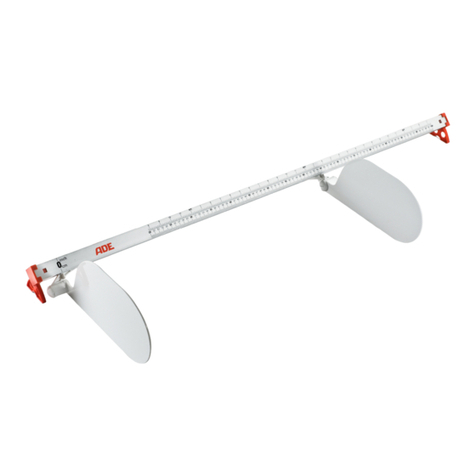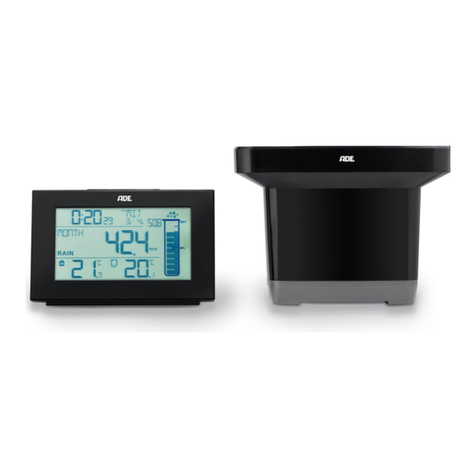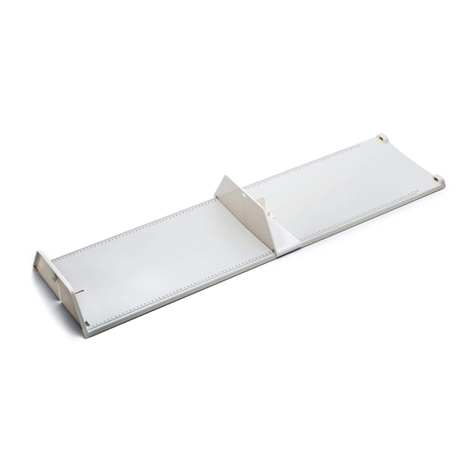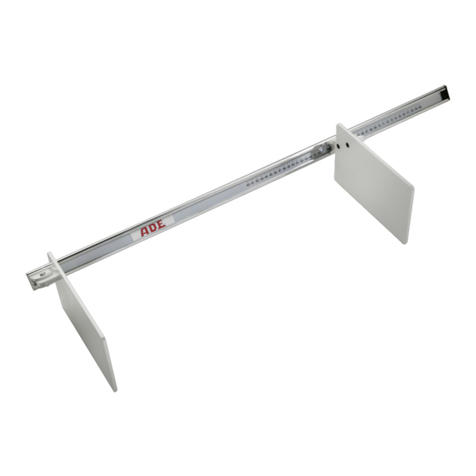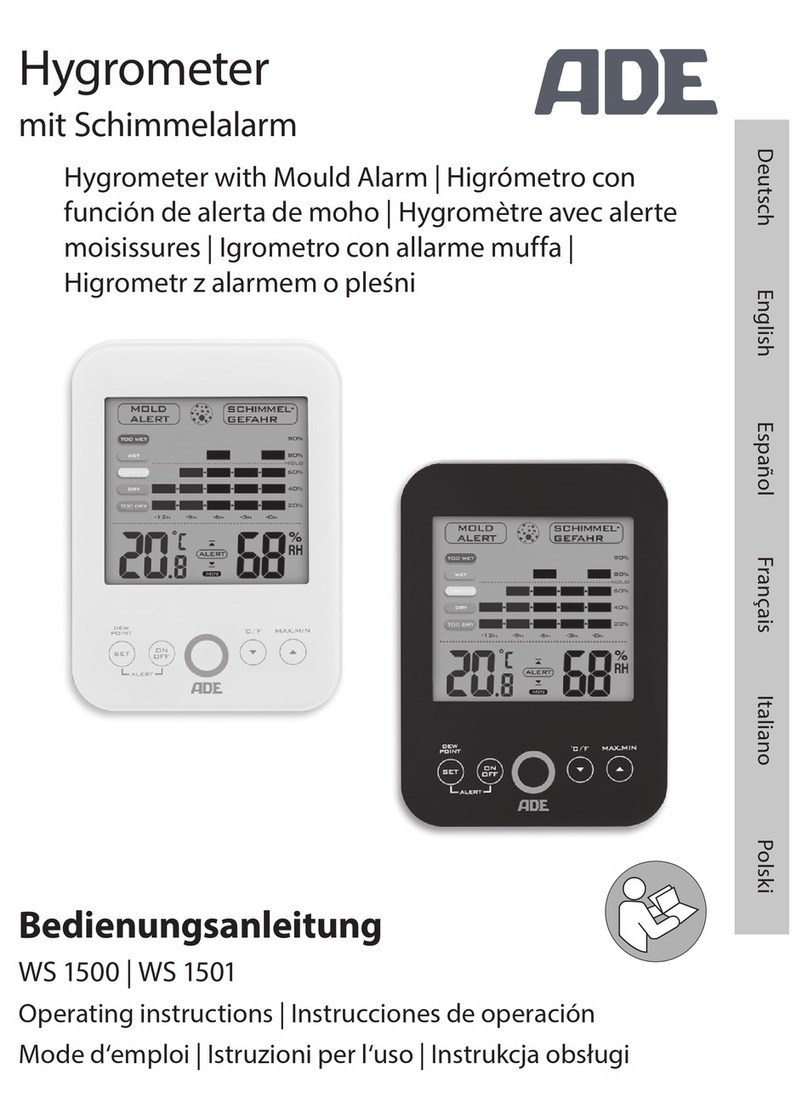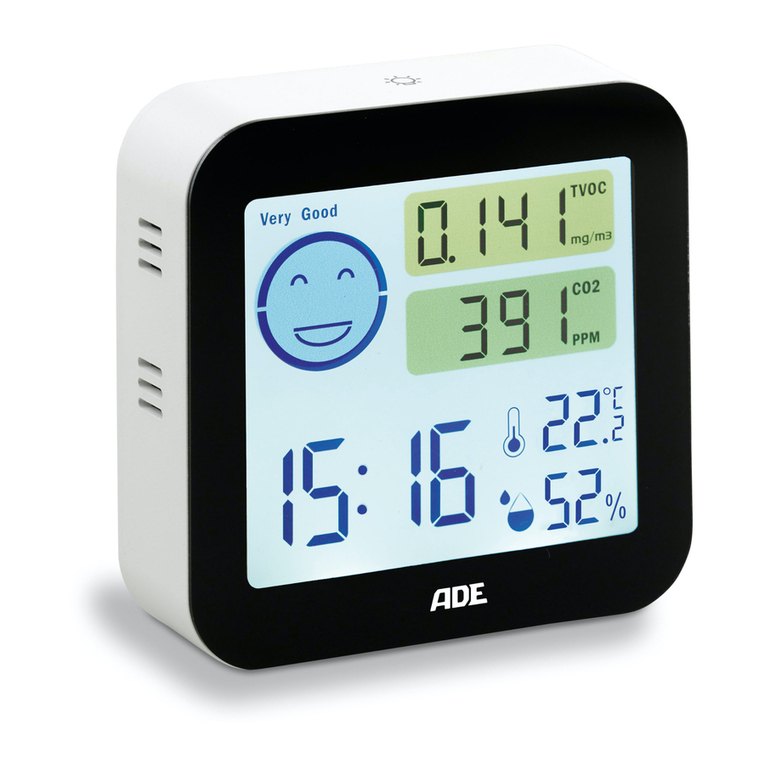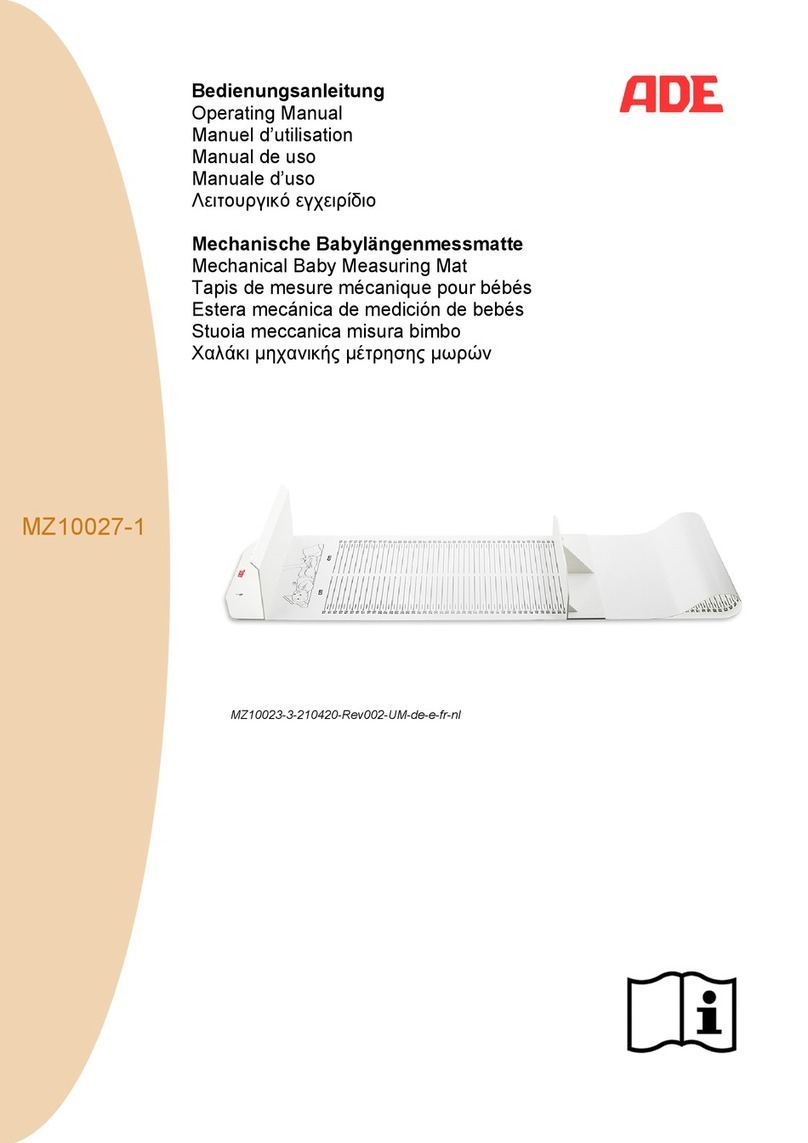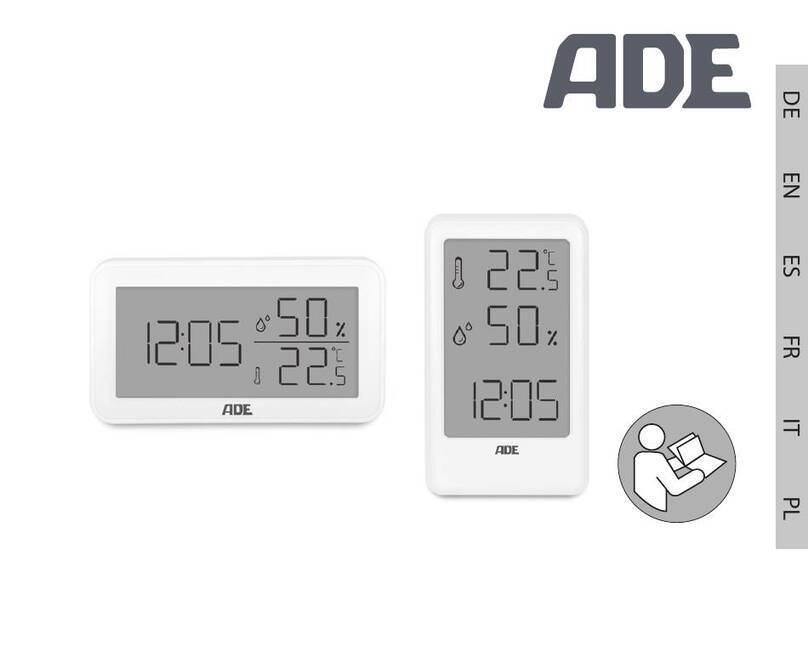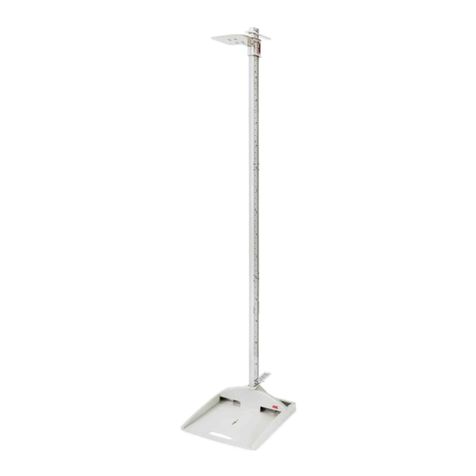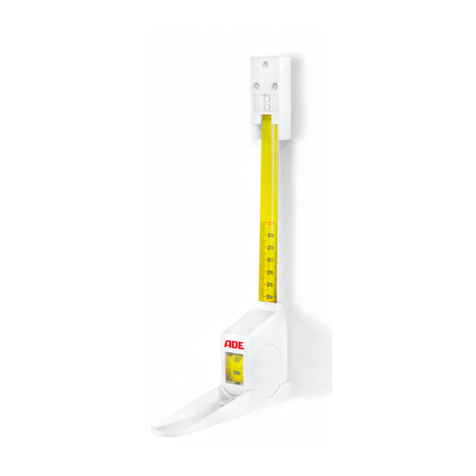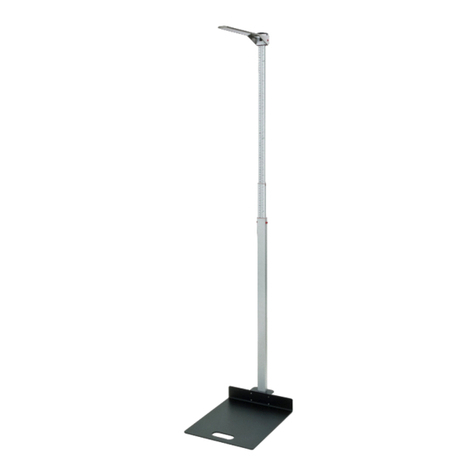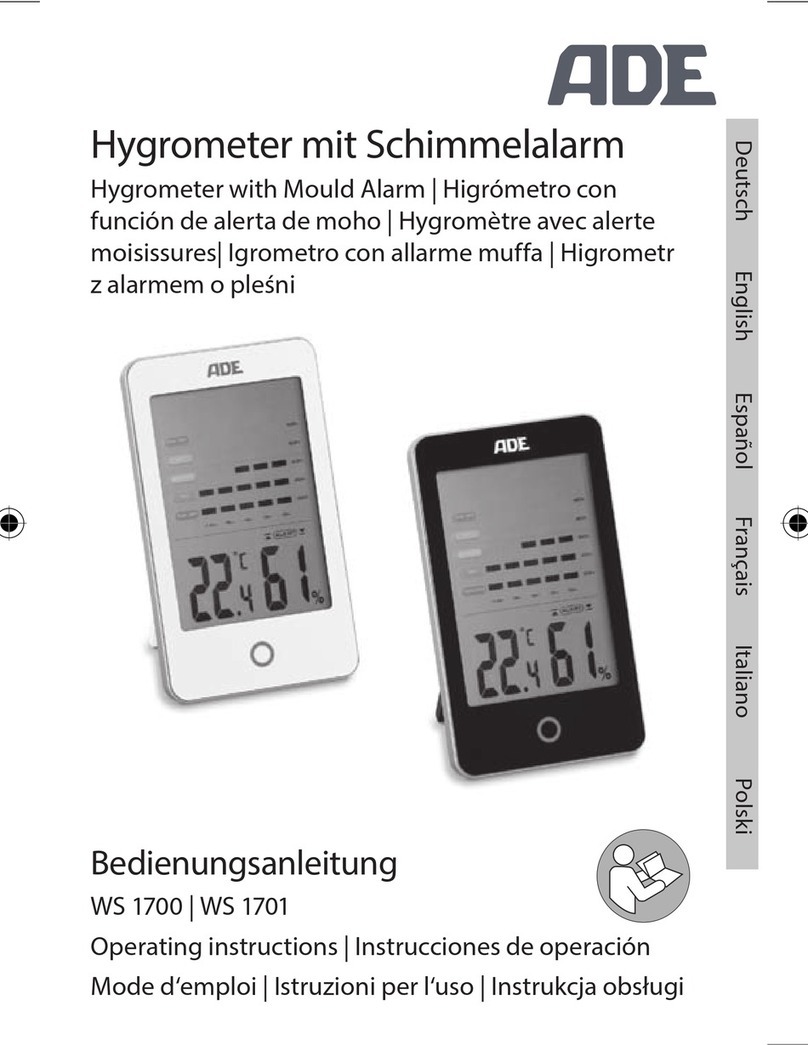
Microsense II Model 5300 Gaging System - 3
Table of Contents
Revision History of this Manual ................................................................................................... 4
Model 5300 Gaging System
Functional Overview ...................................................................................................................... 7
Applications .................................................................................................................................... 7
System Specifications ................................................................................................................... 8
Selected Measurement Concepts ................................................................................................ 9
Displacement ..................................................................................................................... 9
Runout ............................................................................................................................. 10
Step Height ...................................................................................................................... 11
Velocity ............................................................................................................................ 11
Acceleration ..................................................................................................................... 11
Physical Description .................................................................................................................... 12
The Console .................................................................................................................... 12
The Display Module Selector Switch............................................................................ 12
The Analog Display ........................................................................................................ 13
The Rear Panel ................................................................................................................ 14
Setting Power Line Voltage ........................................................................................... 14
Changing Fuses .............................................................................................................. 15
Input-power Voltage Monitor ......................................................................................... 15
RS-232 Connector ........................................................................................................... 15
Remote Calibration Connector...................................................................................... 15
Analog Output Connector .............................................................................................. 16
Microsense Probes ...................................................................................................................... 17
Probe Theory of Operation ............................................................................................ 18
Probe Placement ............................................................................................................. 18
Probe Mounting .............................................................................................................. 19
Cleaning Probes ............................................................................................................. 19
Available Probe Styles ................................................................................................... 20
Axial Probes .............................................................................................................. 21
Blade Probes ............................................................................................................ 22
Environmental Considerations ................................................................................................... 23
Temperature Stability ..................................................................................................... 23
Humidity ........................................................................................................................... 23
Electrical Grounding ...................................................................................................... 23
Setting Up The Model 5300 Gaging System ............................................................................. 24
Setup Suggestions: Runout Measurements............................................................................ 25
Setup Suggestions: Mastering .................................................................................................. 26
Setup Suggestions: A+B ............................................................................................................ 28
Artisan Technology Group - Quality Instrumentation ... Guaranteed | (888) 88-SOURCE | www.artisantg.com












